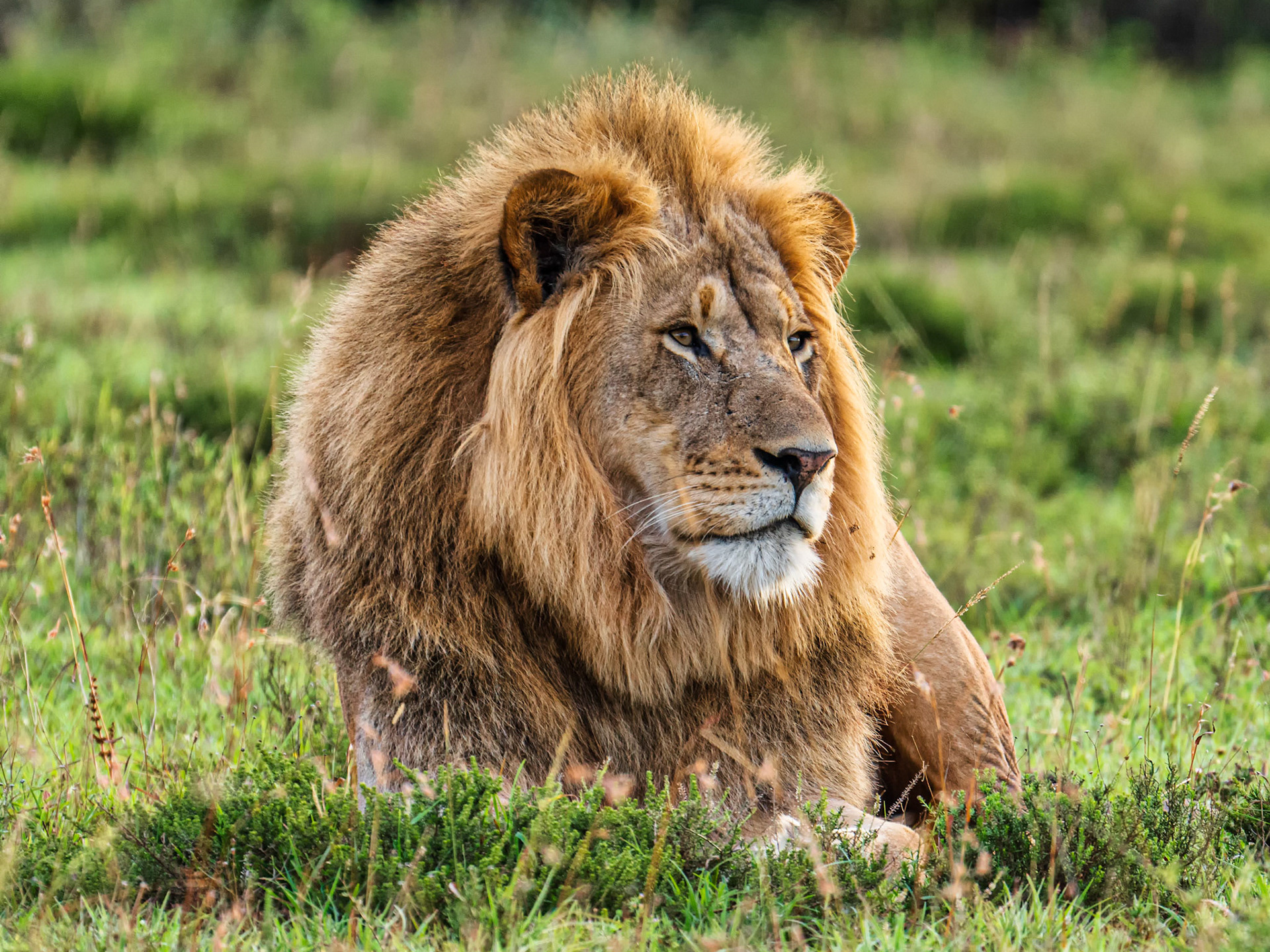Namib Naukluft Park
Large protected area in the west of Namibia
The Namib Naukluft Park is an ecologically protected area and was proclaimed in August 1979. The Park has an area of 49,800 km² and at the time of proclamation it was the largest protected area in Namibia.
The Namib Desert
The Namib is the oldest desert in the world and extends far beyond the borders of the National Park and includes the whole of western Namibia. The part of the Namib within the Park is about 500 km long and between 100 to 180 km wide. Here the highest dunes worldwide are found, which reach a height of up to 300 metres.







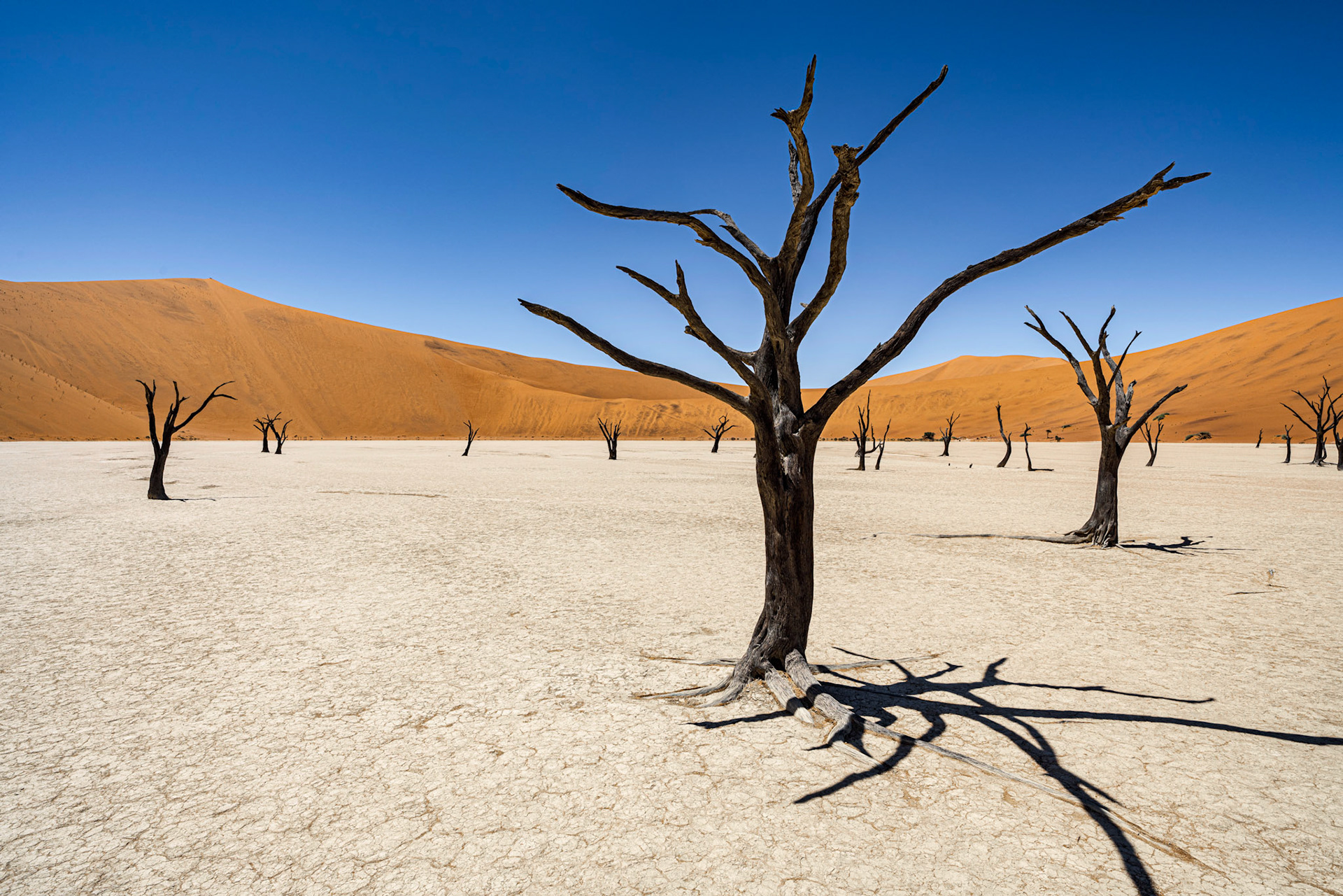


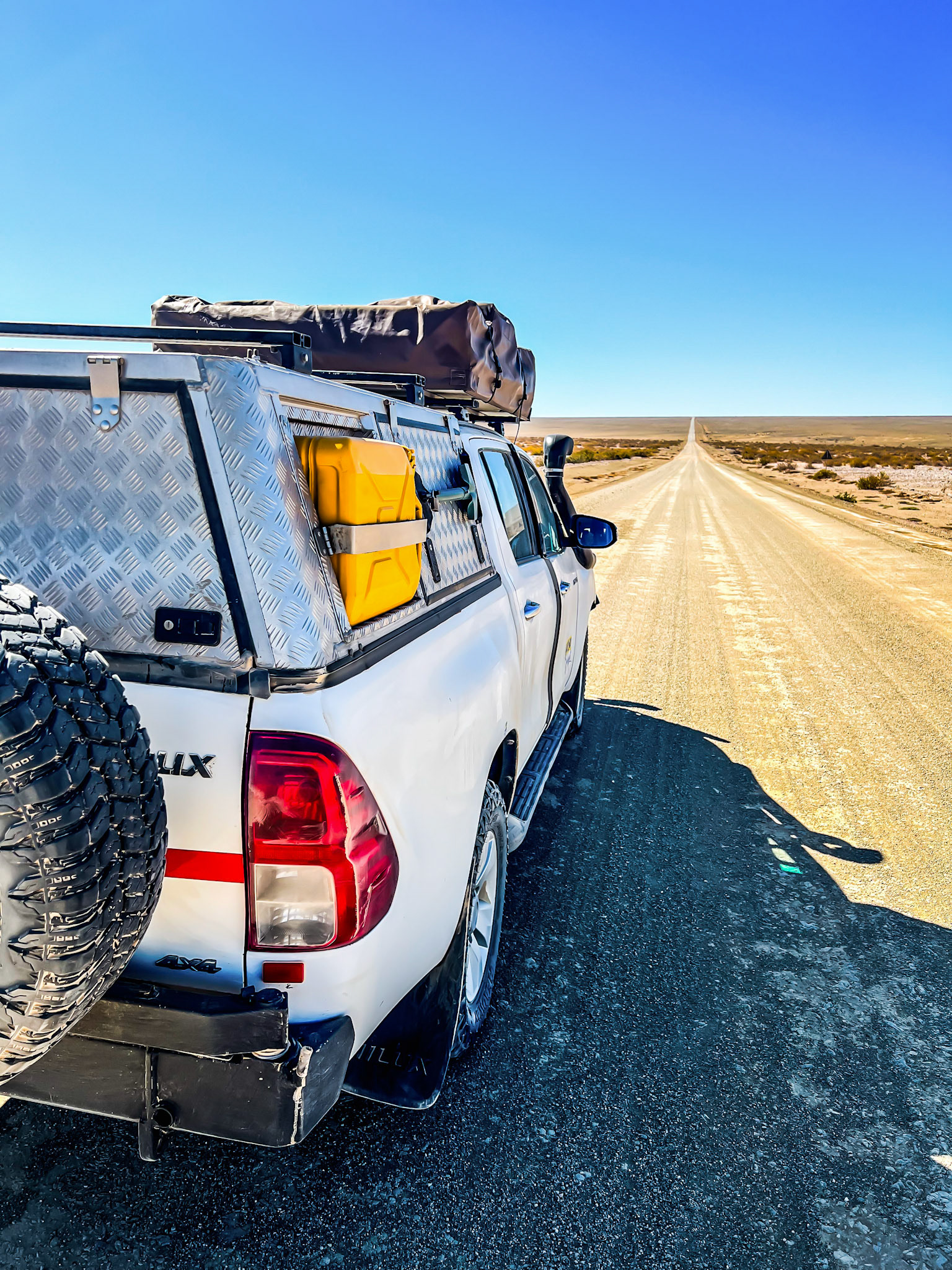

Sandwich Harbour
Sandwich Harbour is situated in the north of the Park, about 45 km south of Walvis Bay. It consists of a 10 km long bay or lagoon, surrounded by dunes and vegetated by reeds. This bay is home to more than 200,000 birds (flamingos, cormorants, pelicans and other sea birds) and can only be reached by 4x4 from Walvis Bay.


Kolmanskop
Once one of the richest communities in Africa, the buildings of Kolmanskop have now been reclaimed by the Namib Desert...
Brightly colored wallpaper peeling off the walls, dilapidated houses now inundated in rolling banks of sand … this is Kolmanskop, a ghost town in southern Africa’s Namib Desert, in the middle of a region known as “the forbidden zone.”
One evening in 1908, a Namibian railway worker was shovelling railroad tracks clear of creeping sand dunes when he saw some stones shining in the low light: diamonds. Soon, hordes of prospectors descended on the area. By 1912, a town had sprung up, producing a million carats a year, or 11.7 percent of the world’s total diamond production. Kolmanskop’s prospectors were becoming rich overnight simply picking diamonds off the desert floor,
But it wasn’t to last. Intensive mining depleted the area by the 1930s, and in 1928, the town’s fate was sealed when the richest diamond fields ever known were found on the beach terraces to the south. The townspeople left in droves, abandoning homes and possessions.
By 1956, Kolmanskop was completely abandoned. The dunes that once rolled over the railway tracks now burst through the ghost town’s doors and porches, filling its rooms with smooth banks of sand.


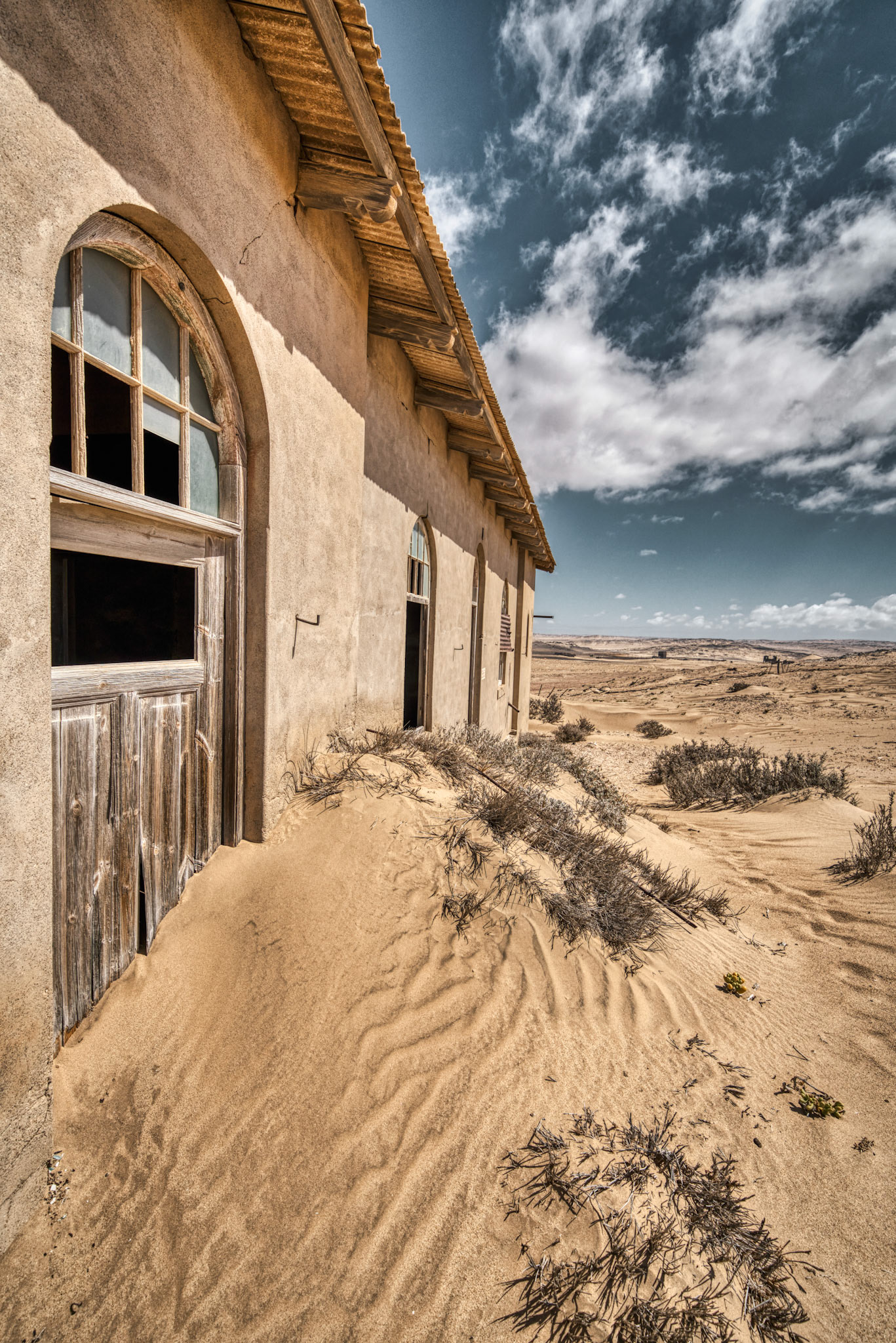






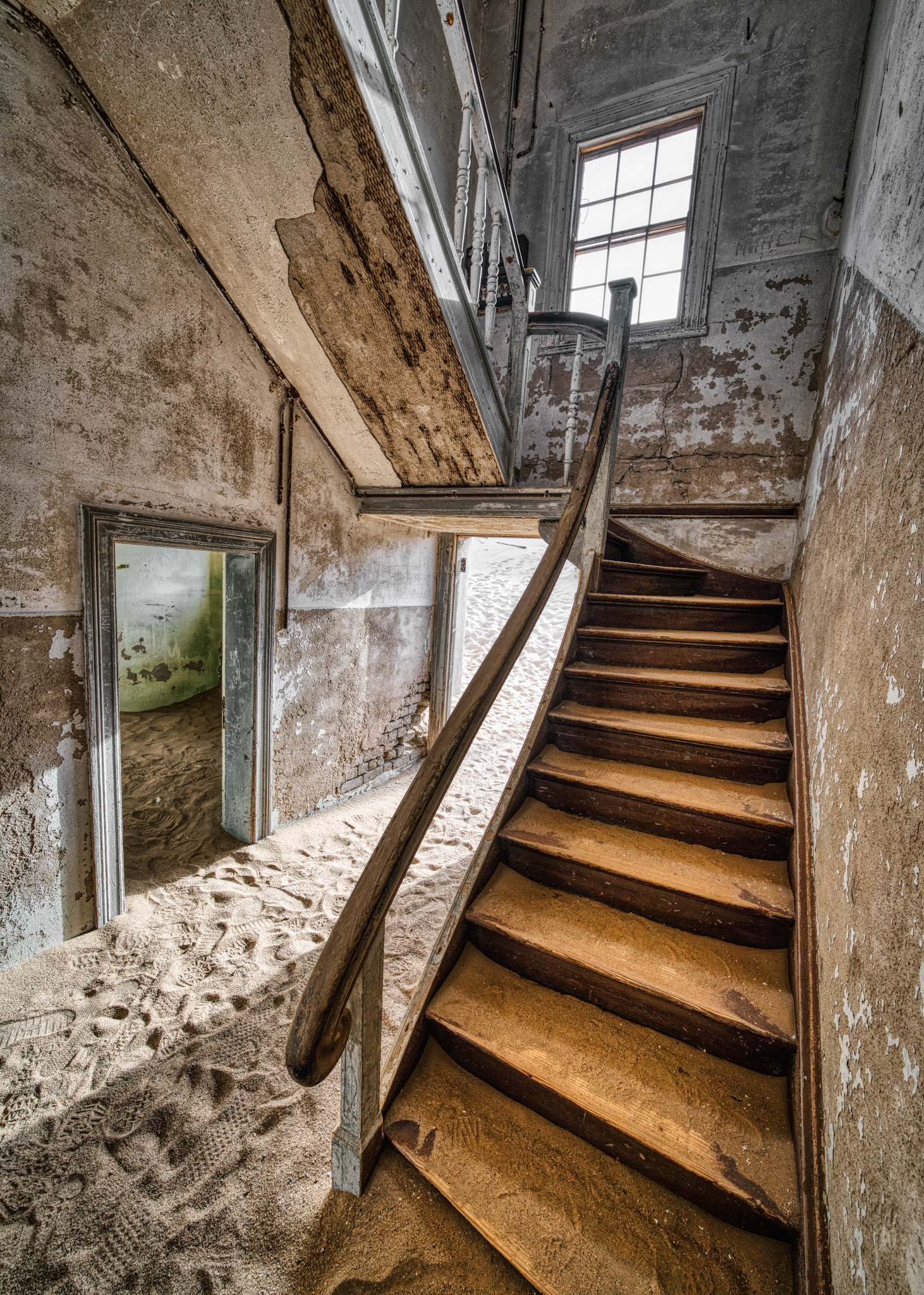

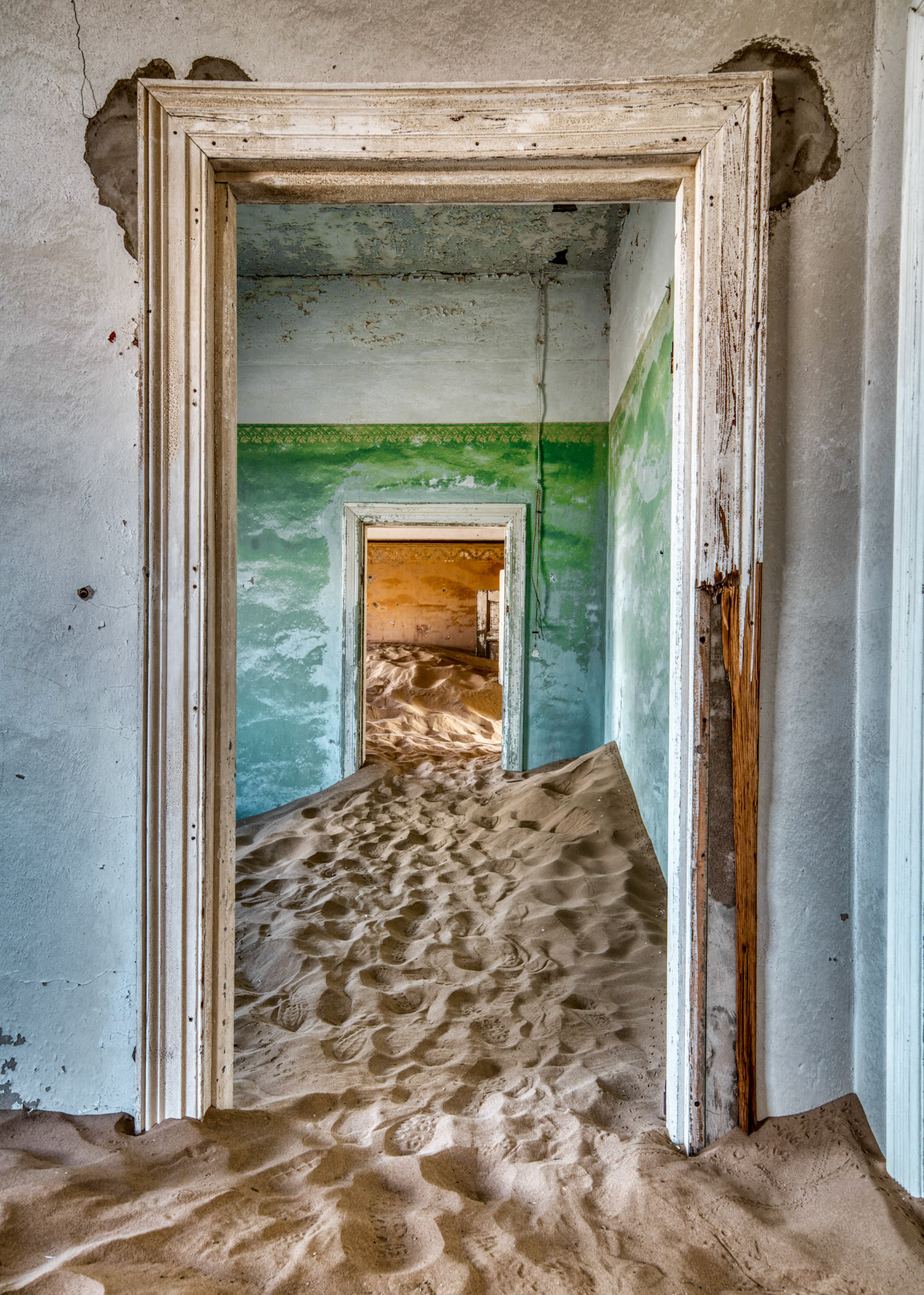


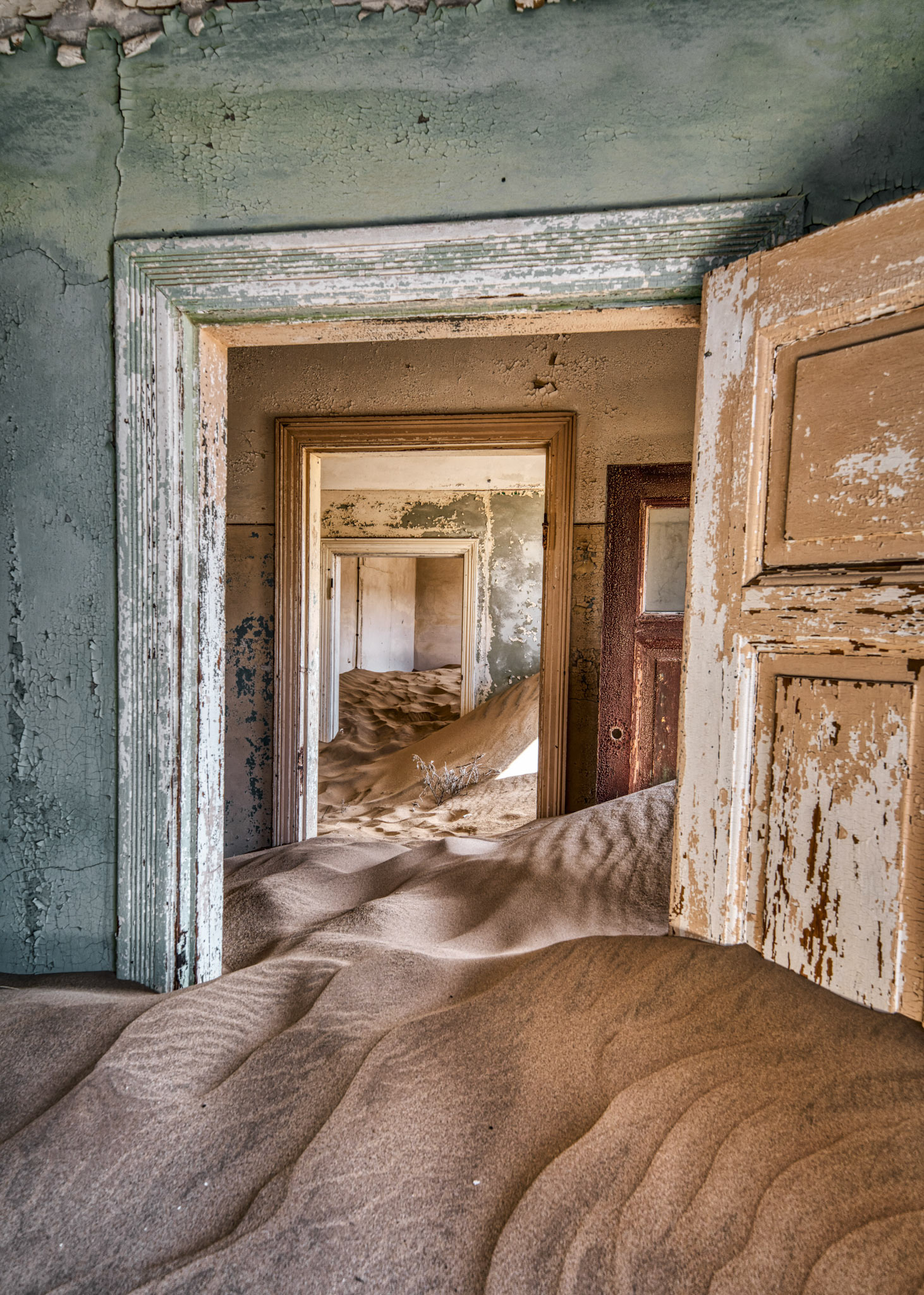
Fish River Canyon
Worlds second biggest canyon
Nowhere else in Africa will you find anything quite like Fish River Canyon. Whether you're getting a taste of the sheer scale and beauty of the place from one of the lookouts, or hiking for five days to immerse yourself in its multifaceted charm, Fish River Canyon is a special place.
The numbers don’t lie: the canyon measures 160km in length, up to 27km in width, and the dramatic inner canyon reaches a depth of 550m.


Etosha National Park
Etosha is one of Africa’s great wildlife parks and Namibia’s prime wilderness conservation area. Spanning a vast 22,300 square kilometres, it consists mostly of grassy plains around a huge salt pan, which becomes a beautiful lake after heavy rains.

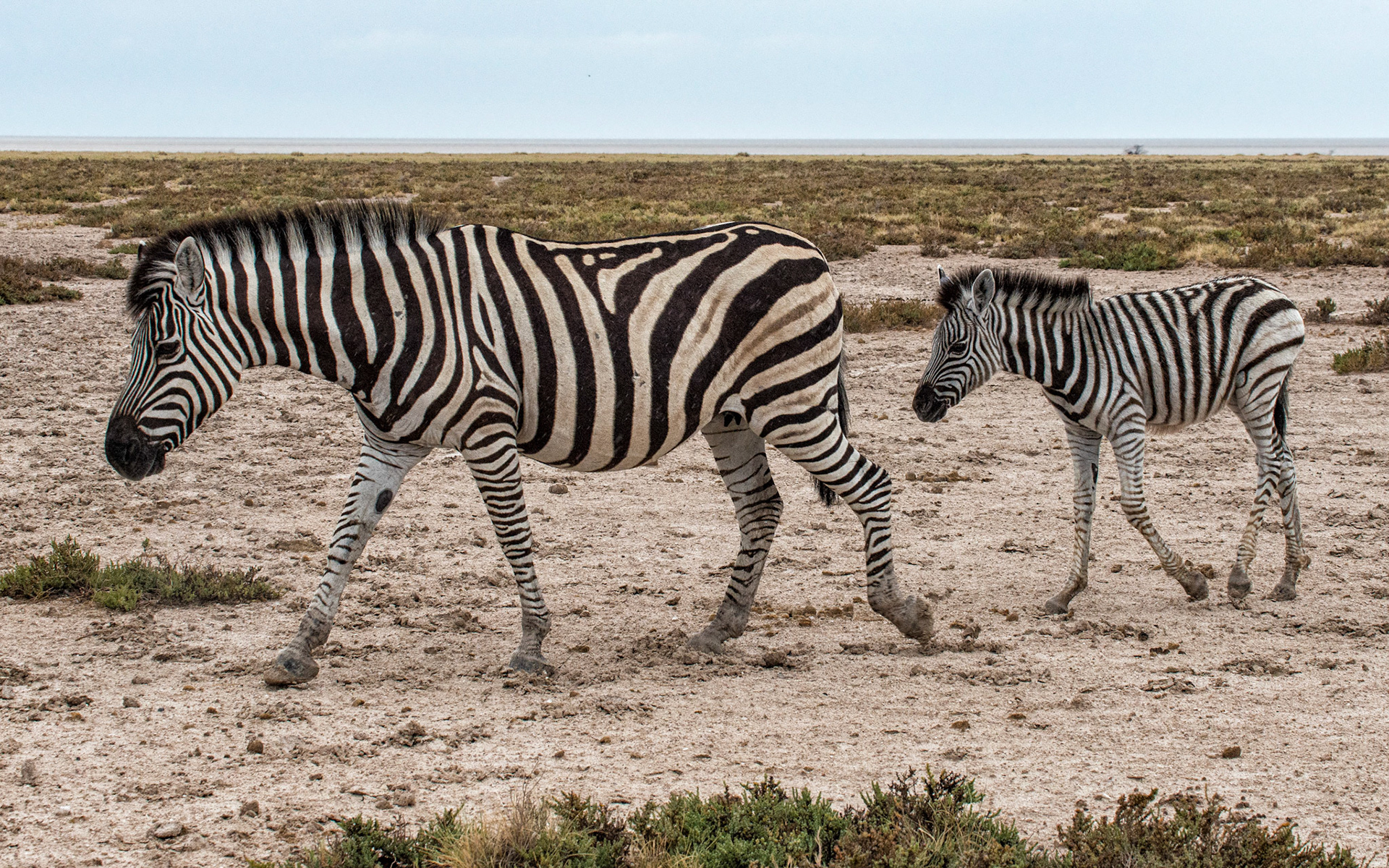
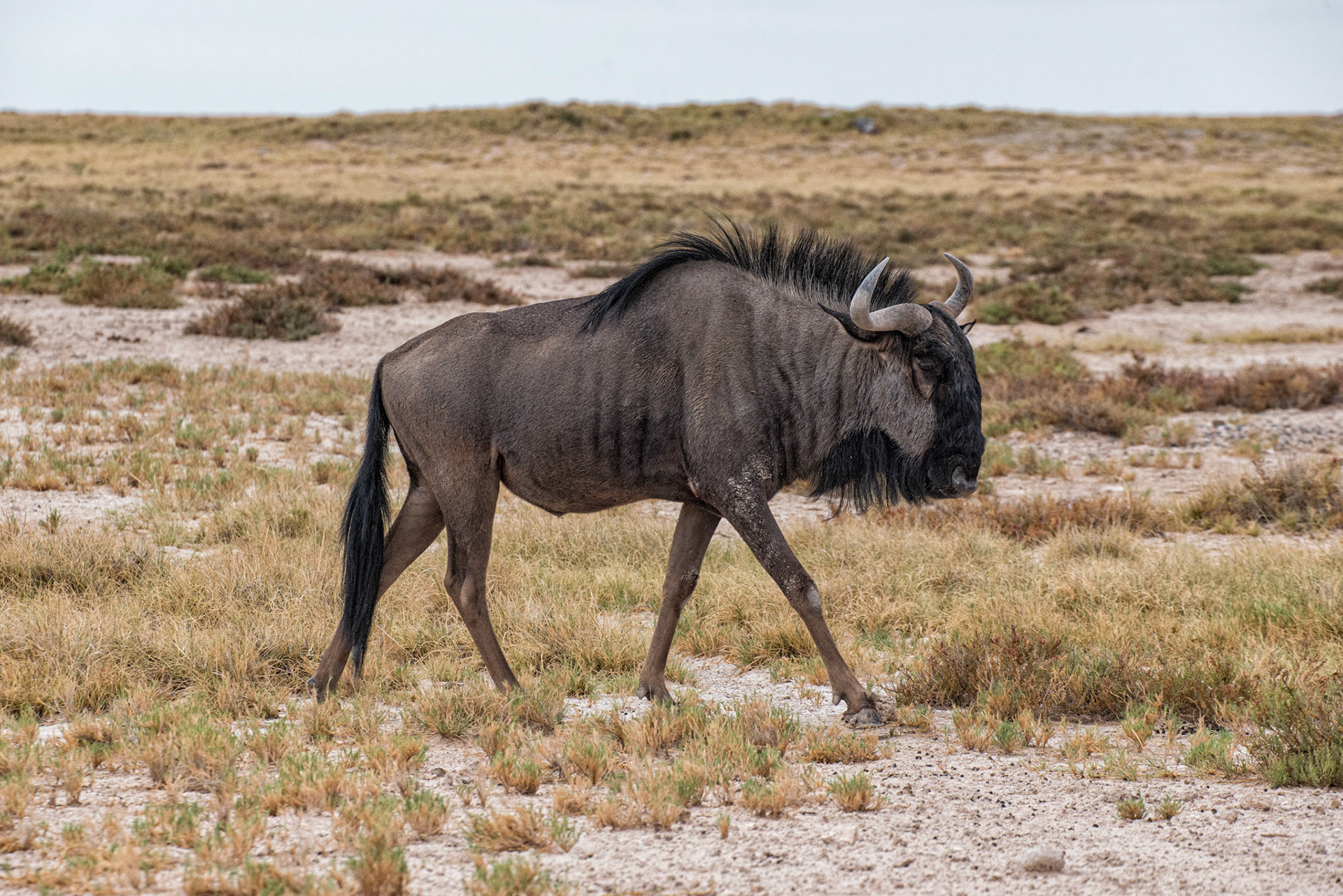

Caprivi Strip
The Caprivi is a thin strip of land that makes up the north-east region of Namibia. This area of the country has many unique characteristics: 6 tribes call the area home; it shares its borders with Zimbabwe, Zambia, Botswana and Angola; it is surrounded by the perennial Chobe, Kwando, Linyanti and Zambezi rivers and is home to Bwabwata, Nkasa Rupara, Mudumu and Mahango National Parks.






